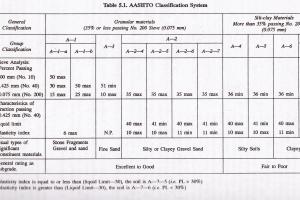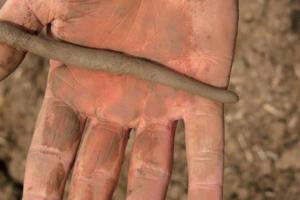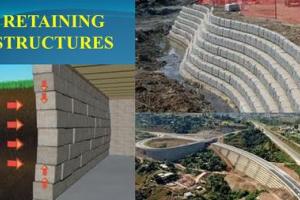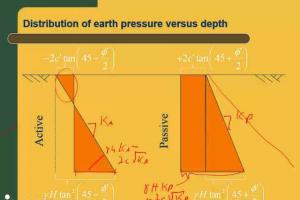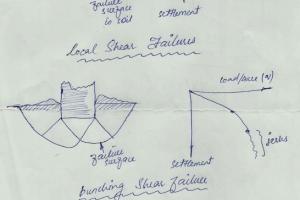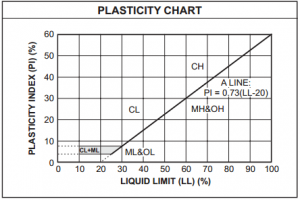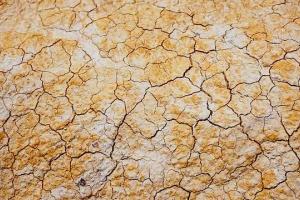Factors Affecting Soil Compaction
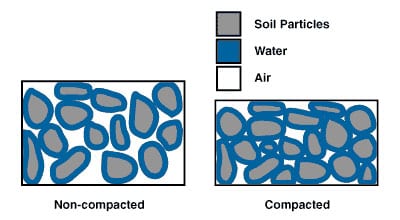
Factors Affecting Soil Compaction
Soil compaction refers to the process by which soil particles are compressed, reducing the pore spaces and increasing soil density. Following are the factors affecting Soil Compaction:
- The water content of the soil at the time of compaction.
- The amount of compactive energy used e.g. type of plant (weight, vibration, number of passes)
- Nature and the type of soil being compacted like sand or clay, grading, plasticity etc.
- Site conditions, e.g. weather, type of site, layer thickness.
Effects of different factors on compaction of soil
Effect of Water content on compaction of soil:
Compaction of soil can be challenging if the soil is either too wet or too dry. When the soil is too wet, it can become sticky and difficult to handle, while excessively dry soil can become hard and resistant to compaction.
During the compaction process, the addition of water to the soil (when the soil has low moisture content) makes it easier for the soil particles to move past each other under the applied compacting forces. As the soil compacts, the voids between the particles are reduced, which results in an increase in the dry unit weight or dry density. The dry unit weight then increases with an increase in moisture content, but this increase has limits since the soil state approaches the "zero air voids line." This line indicates the maximum dry unit weight that can be achieved for a given moisture content. As the soil state approaches this line, any further increase in moisture content will cause a decrease in the dry unit weight. At the "no air voids line," the maximum dry unit weight is achieved, and the moisture content at this maximum is known as the optimum moisture content.
Also See: Foundation Engineering
Increased compactive effort
Some of the Factors Affecting Soil Compaction are related to methodology. Different compaction methods can affect soil compaction differently. For example, rolling or tamping can cause more compaction than using a vibrating plate compactor.
By applying more compaction effort during the soil compaction process, it is possible to achieve higher dry unit weights. However, due to the nature of the relationship between dry unit weight and air voids in the soil, these higher dry unit weights can only be achieved at lower optimal moisture contents. It is worth noting that if the moisture content exceeds the optimal range, using heavier machinery for compaction will not have a significant impact on increasing the dry unit weights. Therefore, it is crucial to have proper control over moisture content when compacting soil layers in the field.
Effects of Soil type on Compaction of Soil
Soil type is an essential factor that affects the compaction process of soil. Some types of soil are easy to compact as compared to others. For instance, clay soils are more susceptible to compaction than sandy soils due to their smaller pore spaces. The soil type has a significant impact on its compaction properties. In general, heavy clay, clay, and silt have higher resistance to compaction, while sandy soils and coarse-grained or gravelly soils can be more easily compacted. Coarse-grained soils typically yield higher densities than clay soils. Additionally, it is worth noting that well-graded soil can be compacted to a higher density.
Furthermore, the arrangement of soil particles into aggregates can also impact soil compaction. Soil with a well-defined structure is easier to compact than soil that lacks structure.
The table below contains typical values for the different soil types obtained from the Standard Compaction Test.
|
Typical Soil Compaction Values |
||
|
Type of Soil |
(gdry) max (kN/ m3) |
mopt (%) |
|
Well graded sand SW |
22 |
7 |
|
Sandy clay SC |
19 |
12 |
|
Poorly graded sand SP |
18 |
15 |
|
Low plasticity clay CL |
18 |
15 |
|
Non plastic silt ML |
17 |
17 |
|
High plasticity clay CH |
15 |
25 |
Note that these are typical values. Because of the variability of soils, it is not appropriate to use typical values in design, tests are always required.



